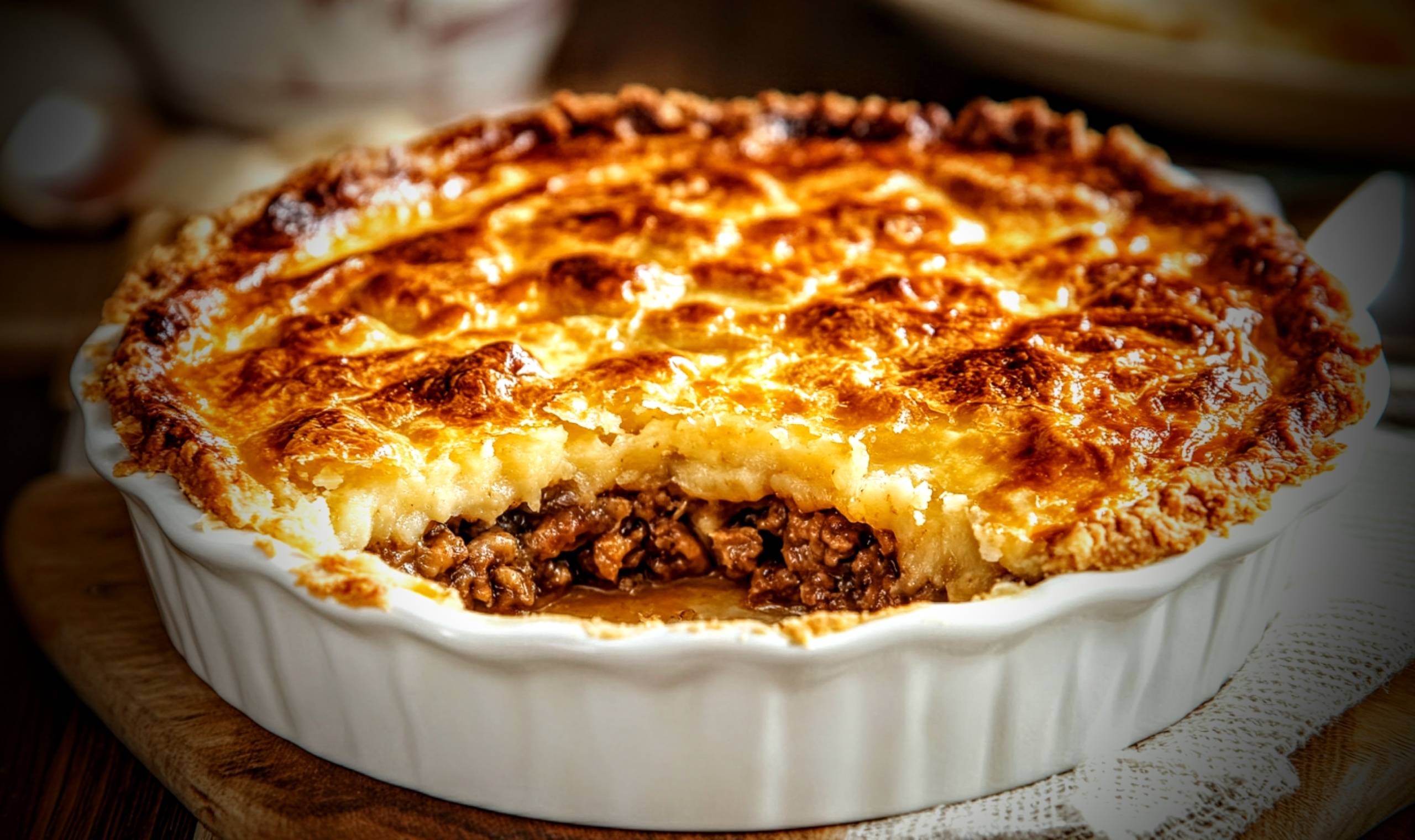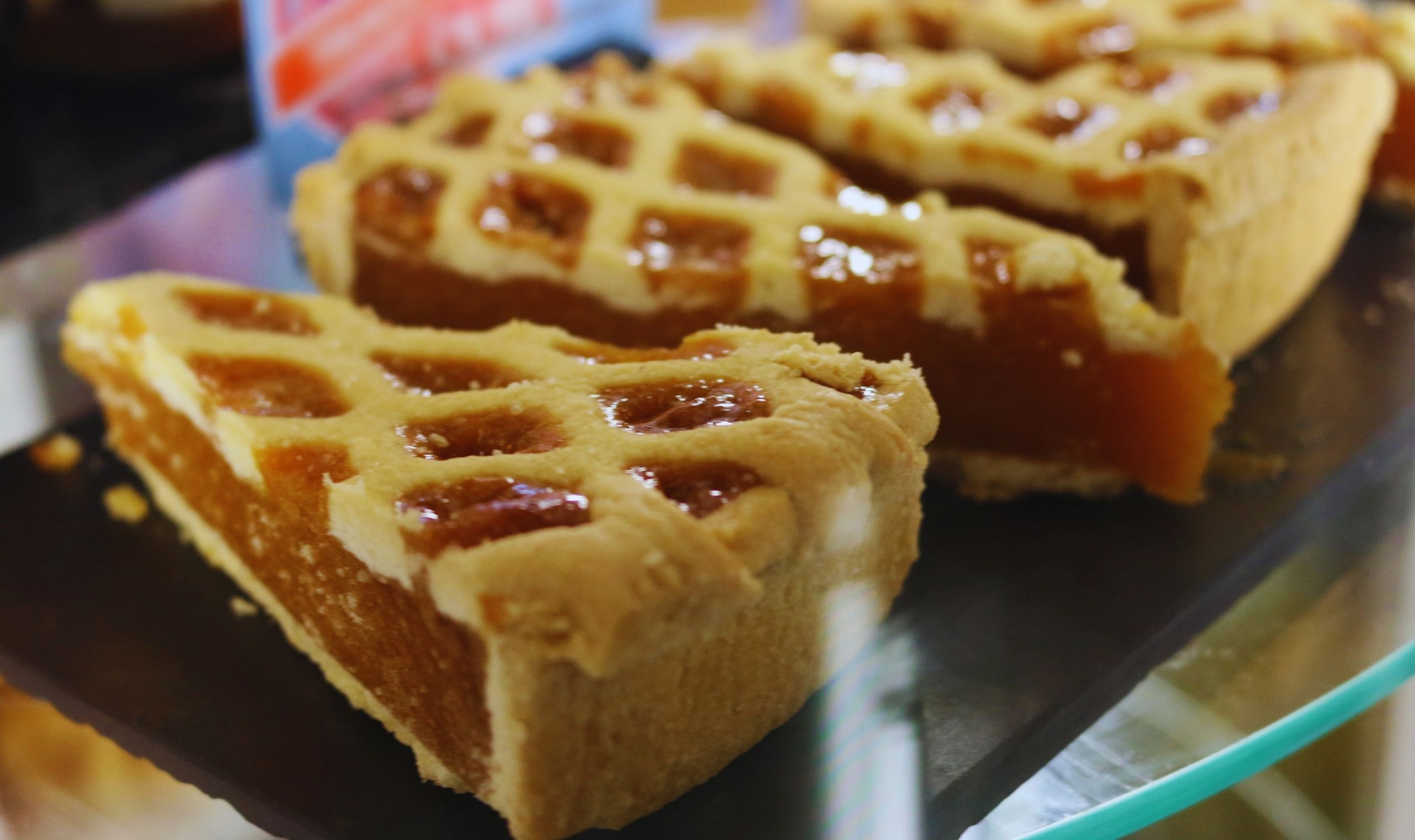Bobotie: South Africa’s Sweet and Savoury Comfort Food
Bobotie is the kind of dish that makes you feel like you’re wrapped in a culinary hug. With its curiously delightful combination of spiced minced meat, a creamy egg topping, and a hint of sweetness, bobotie is the ultimate comfort food. It’s like a casserole got invited to a spice bazaar and came back with some really good stories. Whether you’re trying it for the first time or recreating a family recipe, bobotie is a meal that’s as warm and welcoming as a South African sunset. It’s a dish that not only satisfies hunger but also offers a slice of history and culture in every bite.
A History as Rich as Its Flavour
Bobotie’s origins are as layered as the dish itself. The recipe has roots in the Cape Malay community, blending influences from Dutch, Indonesian, and local South African cuisines. It’s believed to have been brought to the Cape by Dutch settlers in the 17th century, where it was adapted by enslaved Malays who added their own spices and techniques. This fusion of culinary traditions created a dish that speaks of resilience, resourcefulness, and the power of blending cultures.
The name “bobotie” likely derives from the Indonesian word “bobotok,” a dish made with spiced meat. Over time, the dish evolved into the bobotie we know today: a fragrant, mildly spiced casserole topped with a creamy egg custard. In South Africa, it became a symbol of togetherness, a dish served at family dinners and celebratory gatherings alike. Its ability to combine sweet and savoury flavours with a hint of spice made it a favourite among South Africans of all backgrounds.
Regional Twists on Bobotie
While the classic Cape Malay bobotie recipe remains a favourite, regional variations offer a taste of local flair. In the Western Cape, you might find recipes that include dried fruits like apricots or raisins, adding a sweet counterpoint to the spices. In other parts of South Africa, cooks might use ground lamb or even chicken instead of beef, reflecting the availability of local ingredients. These variations keep the dish dynamic and rooted in its environment.
Modern takes on bobotie sometimes incorporate new elements, like adding nuts for crunch or replacing the traditional bread soaked in milk with gluten-free alternatives. Some adventurous cooks even include a layer of mashed butternut squash or sweet potato for extra depth. No matter the variation, bobotie remains true to its essence: a delicious fusion of sweet and savoury that’s uniquely South African. It’s a dish that evolves while still honouring its heritage.
Drinks That Pair Perfectly
Bobotie’s complex flavours call for a drink that can keep up. A crisp Chenin Blanc or a lightly oaked Chardonnay complements the dish’s richness, while a fruity red like Pinotage enhances its spiced profile. South Africa’s own wine offerings are an excellent match, making the pairing as much a celebration of the country’s viticulture as its culinary traditions.
For beer lovers, a malty ale or a cold lager works wonderfully, cutting through the richness and refreshing the palate. If you’re in the mood for something non-alcoholic, rooibos tea is a classic South African choice. Its earthy flavour pairs beautifully with the spices in the dish, offering a comforting and culturally resonant option. Sparkling apple cider or ginger beer also makes a refreshing companion, adding a touch of sweetness that mirrors the dish’s fruity elements.
Foods to Serve Alongside
Bobotie is often served with yellow rice, a vibrant side dish coloured with turmeric and studded with raisins. The mild sweetness of the rice perfectly complements the dish’s spices, creating a harmonious balance on the plate. Add a side of chutney—preferably peach or apricot—to enhance the dish’s fruity notes and provide a burst of brightness.
For a more substantial meal, pair bobotie with a crisp green salad or roasted vegetables. The freshness of a cucumber and tomato salad or the smoky depth of roasted carrots brings a lovely contrast to the rich casserole. If you’re feeding a crowd, serve it alongside other South African favourites like boerewors (a spiced sausage) or pap (a maize porridge). Don’t forget to have some freshly baked bread on hand to mop up every last bit of that delicious sauce.
The Secret to a Perfect Bobotie
The magic of bobotie lies in its balance. The filling should be richly spiced but not overwhelming, with a touch of sweetness from the dried fruits or chutney. The egg topping should be creamy and just set, forming a golden crust that’s as pleasing to look at as it is to eat. Achieving this balance requires attention to detail, but the results are well worth the effort.
Soaking the bread in milk is an essential step for achieving the dish’s signature texture. It adds moisture and helps bind the filling together, ensuring that each bite is perfectly cohesive. And don’t skimp on the spices: turmeric, curry powder, and bay leaves are the heart of bobotie’s flavour profile, creating a dish that’s fragrant, warm, and utterly irresistible. A touch of cinnamon adds a hint of sweetness that ties everything together.
Why Bobotie Deserves a Spot on Your Table
Bobotie is more than just a meal; it’s a slice of South African history and culture. It’s a dish that brings people together, whether it’s for a family dinner, a celebration, or simply to enjoy good food. Its combination of sweet and savoury flavours is universally appealing, making it a favourite for adventurous eaters and traditionalists alike. Every bite tells a story of resilience, creativity, and the joy of sharing good food.
It’s also a dish that invites creativity. Whether you stick to a classic recipe or add your own twist, bobotie is endlessly adaptable. Add a layer of roasted butternut squash for a modern touch or sprinkle toasted almonds on top for a bit of crunch. And let’s be honest: any dish that’s delicious, comforting, and packed with history deserves a place at the table. It’s the kind of meal that turns a regular dinner into something memorable.
A Recipe for Bobotie
Ingredients:
For the filling:
- 1 tbsp vegetable oil
- 1 onion, finely chopped
- 2 garlic cloves, minced
- 500g ground beef or lamb
- 1 slice of bread, soaked in 100ml milk
- 1 tbsp curry powder
- 1 tsp ground turmeric
- 1 tsp ground cumin
- 1/2 tsp ground cinnamon
- 1 tbsp apricot jam or chutney
- 1 tbsp vinegar or lemon juice
- 50g raisins
- 1 tsp salt
- 1/2 tsp black pepper
For the topping:
- 2 large eggs
- 200ml milk
- 2 bay leaves
Method:
Preheat your oven to 180°C (160°C fan). Heat the oil in a large pan and sauté the onion and garlic until softened. Add the ground meat and cook until browned, breaking it up with a spoon as it cooks.
Squeeze the milk out of the bread (reserve the milk for the topping) and crumble the bread into the pan. Stir in the curry powder, turmeric, cumin, cinnamon, jam, vinegar, raisins, salt, and pepper. Cook for a few minutes, then transfer the mixture to a greased baking dish.
Whisk the eggs with the reserved milk and pour over the meat mixture. Place the bay leaves on top. Bake for 30-35 minutes, or until the topping is golden and set. Serve hot with yellow rice, chutney, and your favourite sides, and enjoy a taste of South Africa’s culinary heritage, a dish that blends history, flavour, and warmth in every bite.



